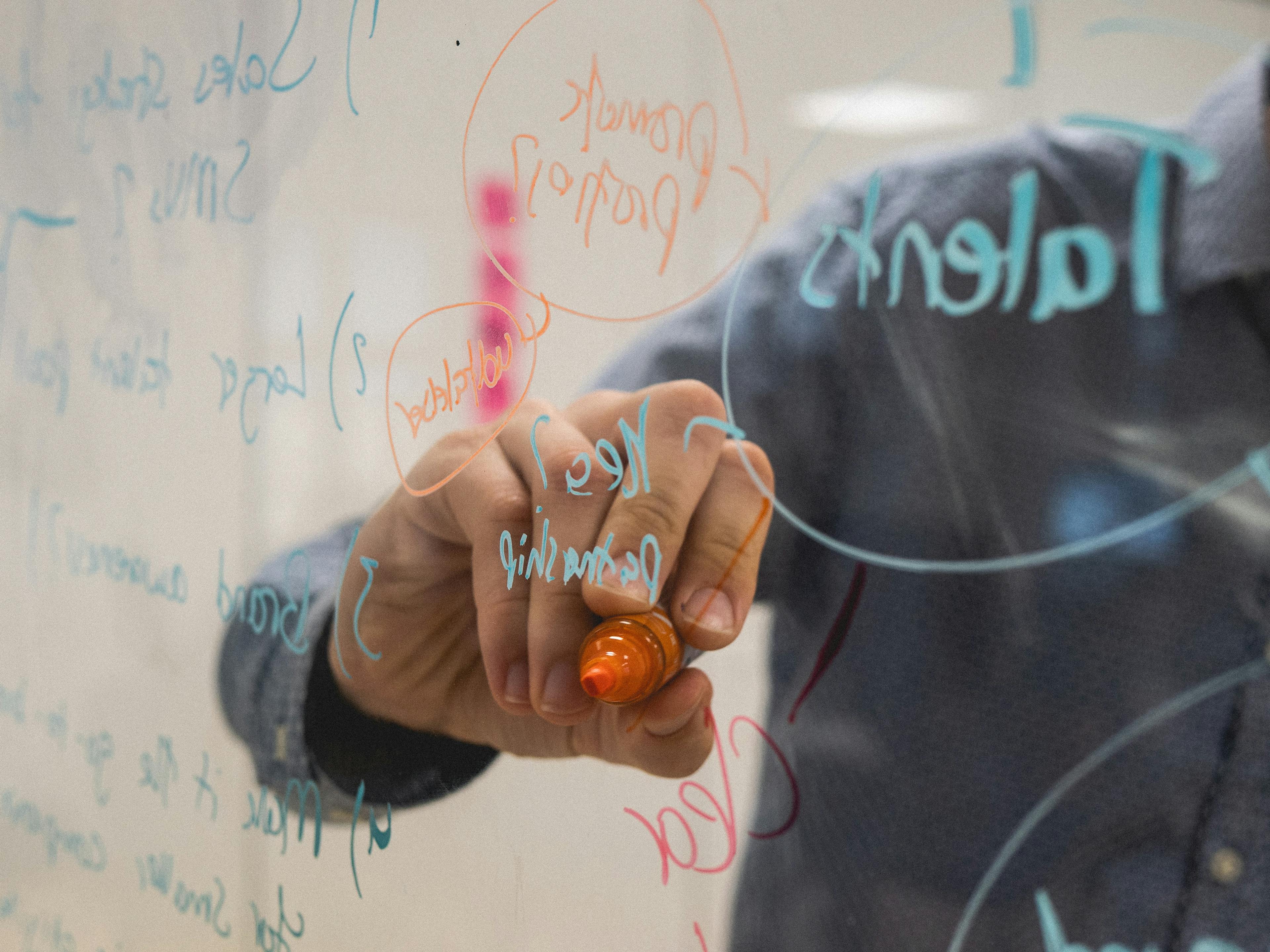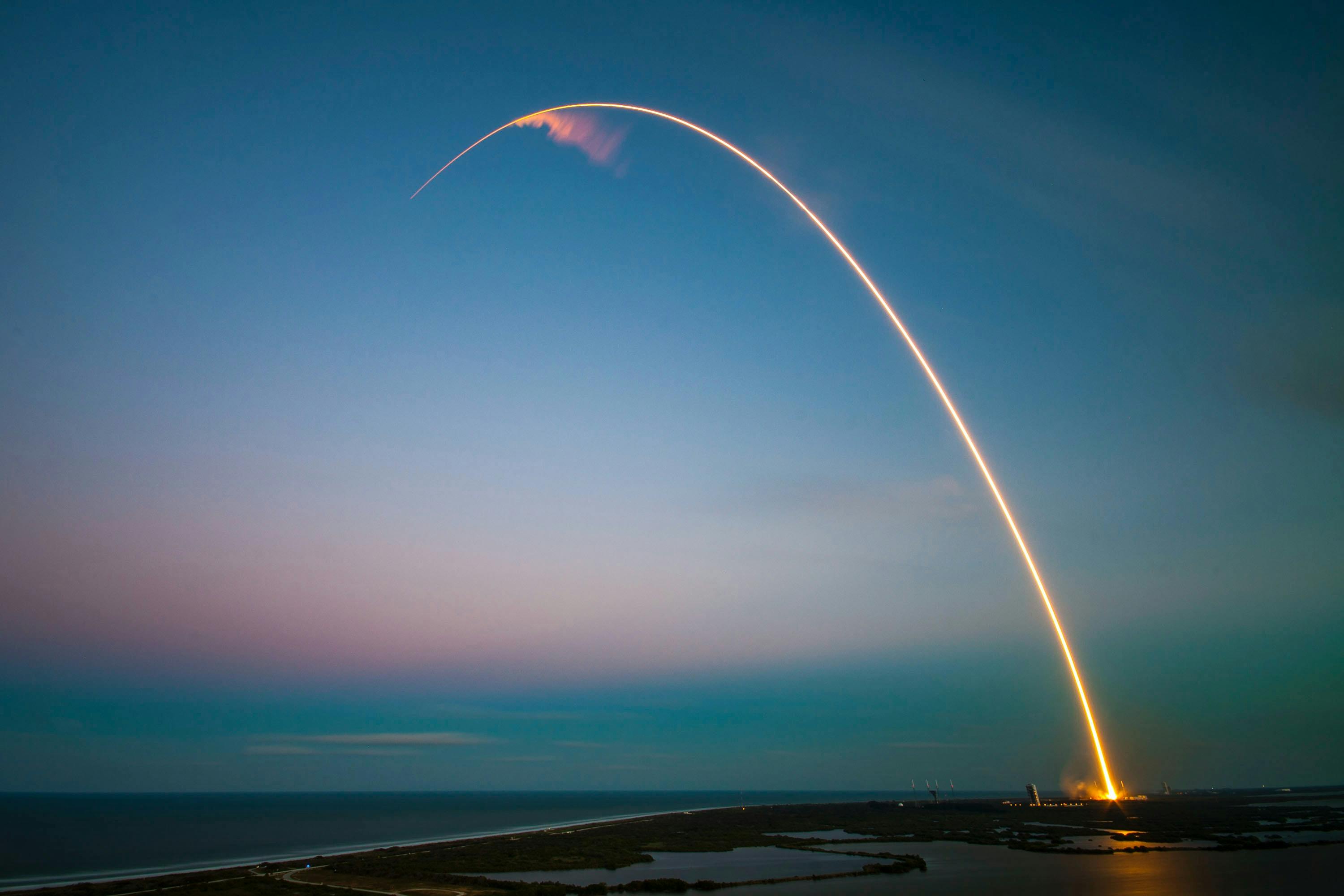
How and why organisations should measure their level of circularity
This article explores the importance of measuring circularity, the associated challenges, and various methods and tools available to facilitate this ongoing and critical process.
The 3 Keys Benefits of Measuring Circularity
Measuring circularity is crucial in our pursuit of a more regenerative future. It provides us with a clear understanding of our current practices and their impact on the environment, economy, and society.
The key benefits include:
- Resource Allocation:
Measuring circularity enables prioritisation when resources are limited. It informs decision-makers about which areas need attention first, and which should follow. - Buy-In and Investment:
Gaining the endorsement of decision-makers to invest in new ways of doing things requires concrete evidence. Measuring circularity provides the necessary data to gain buy-in and secure investment in initiatives that will drive sustainability efforts forward. - Continuous Improvement:
Measuring circularity should not be a one-time endeavor. It's an ongoing process that allows us to experiment with new solutions, learn from our experiences, and adapt accordingly. Continuous evaluation is key to improving efficiency and effectiveness of initiatives over time and responding to changing conditions.
By assessing our circularity, we can identify the disparities between where we are now and where we need to be to create a world that is both ecologically stable and socially inclusive.

Challenges in Measuring Circularity
While the importance of measuring circularity is undeniable, there are several challenges to contend with in the process.
- Data Availability and Accessibility:
Relevant data for measuring circularity is often distributed across value chains. Gathering this data can be a daunting task, and accessibility can be limited. Demonstrating the benefits of partnering and value chain collaboration will support greater data accessibility. - High Cost:
Measuring circularity can be a relatively manual and expensive process, particularly in the early stages. However, open-source tools, digitisation and automation are promising avenues to reduce this financial burden. - Complexity:
Transforming the economy to being circular is a complex endeavour involving diverse stakeholders across systems. These different audiences require different sets of metrics, making the measurement process more complex.
Do you need support measuring your organisation's level of Circularity? We can help. Contact Us Today.
Methods for Circular Economy Measurement
Circular economy measurement is an emerging space; however, a range of methods, tools and frameworks are available to provide guidance. Some key examples include:
- Material Flow Analysis: Material flow analysis (MFA) is a fundamental technique that provides a view of the flow of materials within a defined scope, such as one organisation or a whole state, highlighting areas where resources are wasted and where opportunities for greater circularity lie.
- Impact Assessments: Impact assessments quantify the environmental and/or social impact associated with, for example, a flow of materials, a product, a process, or an organisation’s supply chain. They provide essential evidence on the consequences of current practices or demonstrating the potential of future practices. Assessments should align to the GHG Protocol and ISO standards for lifecycle analysis.
- Cost-Benefit Analysis: Cost-benefit analysis (CBA) compares scenarios across both financial and non-financial metrics. This helps organisations make informed decisions about the adoption of new circular practices and initiatives. CBAs are often preceded by an MFA or impact assessment which provides the underlying data.
- European Sustainability Reporting Standards (ESRS): ESRS offers guidelines for ESG reporting and disclosures for European companies or those with significant European market operations. It ensures consistency across different organisations, playing a pivotal role in enhancing circularity measurement capabilities and fostering collaboration within supply chains to improve data availability and accessibility.
- Increasingly relevant frameworks: It’s becoming increasingly clear that more circular ways of producing and consuming resources are necessary to achieve global carbon emissions and biodiversity goals. As such, linkages are growing between circular economy measurement and the Science Based Targets Initiative for carbon emissions and conserving nature, and the Task Force on Climate-related and Nature-related Financial Disclosures.
Measuring circularity should not be a one-time endeavor. It's an ongoing process that allows us to experiment with new solutions, learn from our experiences, and adapt accordingly. Continuous evaluation is key to improving efficiency and effectiveness of initiatives over time and responding to changing conditions.

Begin your circularity journey with confidence. Contact Us Today.








